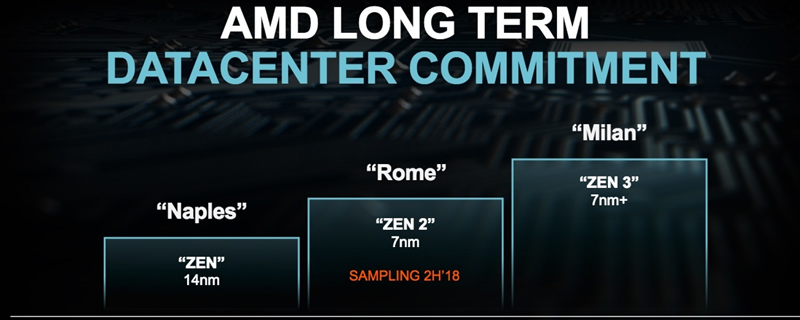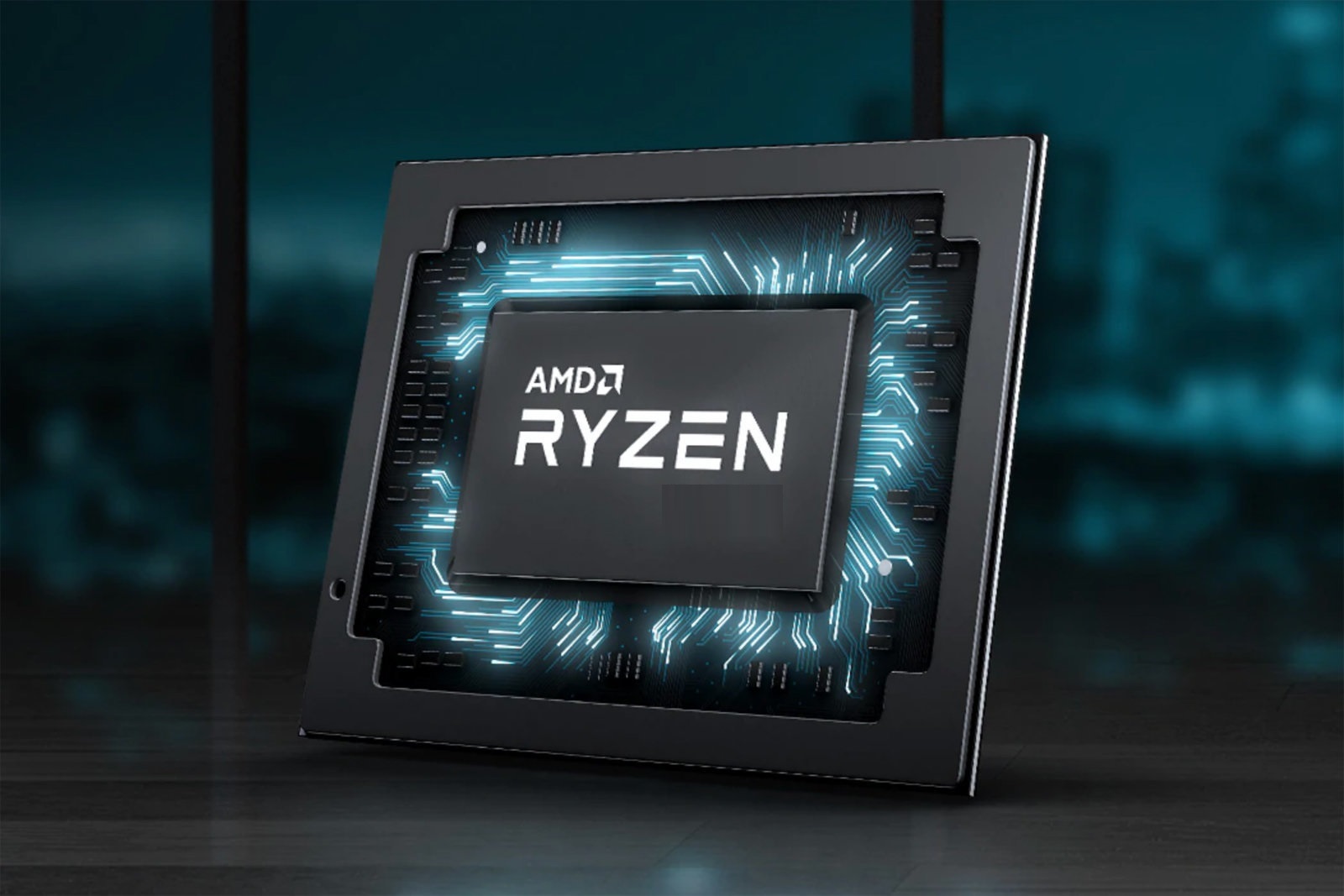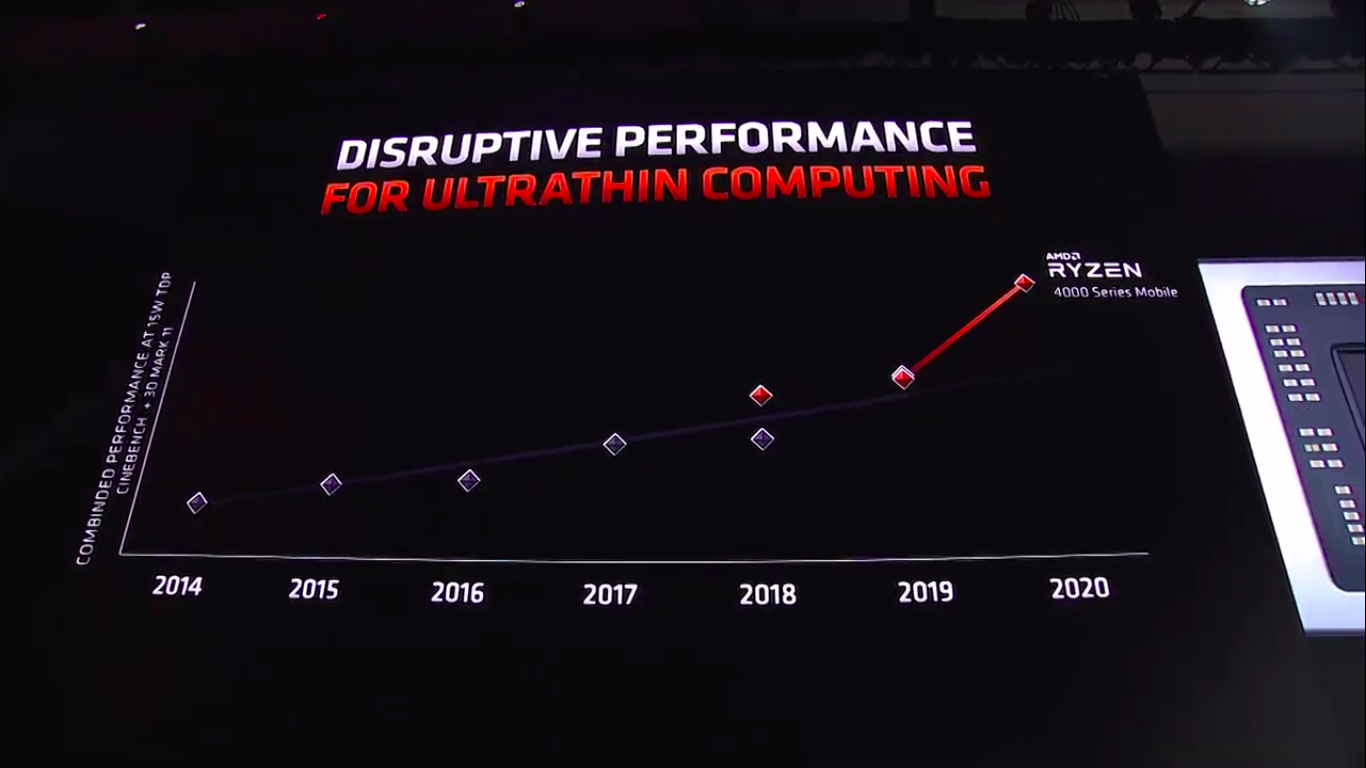IntelUser2000
Elite Member
- Oct 14, 2003
- 8,686
- 3,787
- 136
Zen 2 will also utilize 7nm EUV (unless AMD flips the tables) which has a reported (per TSMC) 10% efficiency improvement. Many Zen 4 chips are hitting 4.3-4.5 GHz, and I've seen at least 1 user get 1 CCX of a 3950X to 4.875 GHz with the remaining cores locked in at 4.5 GHz.
At some point in the 4GHz mark(4.1, 4.2, 4.3...), its not limited by transistors as much as thermals. Coffeelake gets to 5GHz because its using >150W.
5GHz isn't new, but in the Pentium 4 days even the top heatsinks were much, much smaller, and watercooling was almost in the exotic cooling range. As long as you had the proper cooling, you could get there.
When it comes to peak clocks, you can basically disregard Intel's claims with the + on their 14nm process. Skylake could do 4.6GHz, Kabylake 4.8GHz, Coffeelake 4.9GHz, and the refresh of that 5GHz. Cometlake is 5.1GHz, but some lucky cores may reach 5.2 only in single thread, and that particularly lucky core might do 5.3GHz for 10 milliseconds. If you want 5.2/5.3GHz to be the constant, under load clock, then you have to use water cooling. Nothing has changed in the 15 years.
Sure the base clocks have went up a lot but that just means they got that much better at sorting the chips or whatever.
I expect both AMD and Intel clocks to go down, unless they want to start pushing WC setups as the new normal. Do you want them to focus on performance or clocks?
Uh, yes you can. There is a way to distinguish - physical cores get loaded first, then logical ones afterwards. Have you ever actually run the benchmark yourself? It always does the same thing ever time. Physical cores first, logical ones second. So in the context of ICL-U and Renoir:
Ok fair points. I still don't put stock in inbetween results as Windows benchmarking is that finicky. If you want to look at it in general, sure why not. If you want to see perf/clock differences that might separate the chips by few %, no way.










